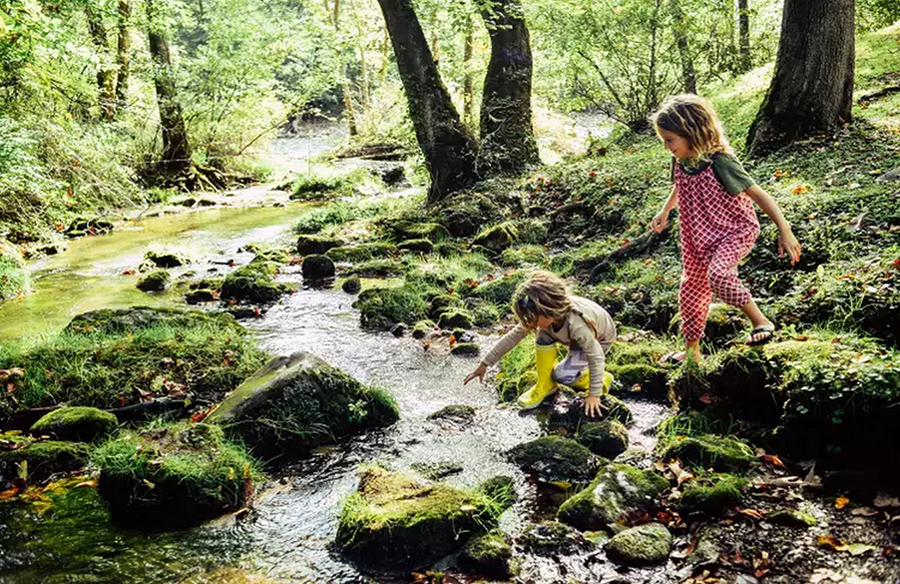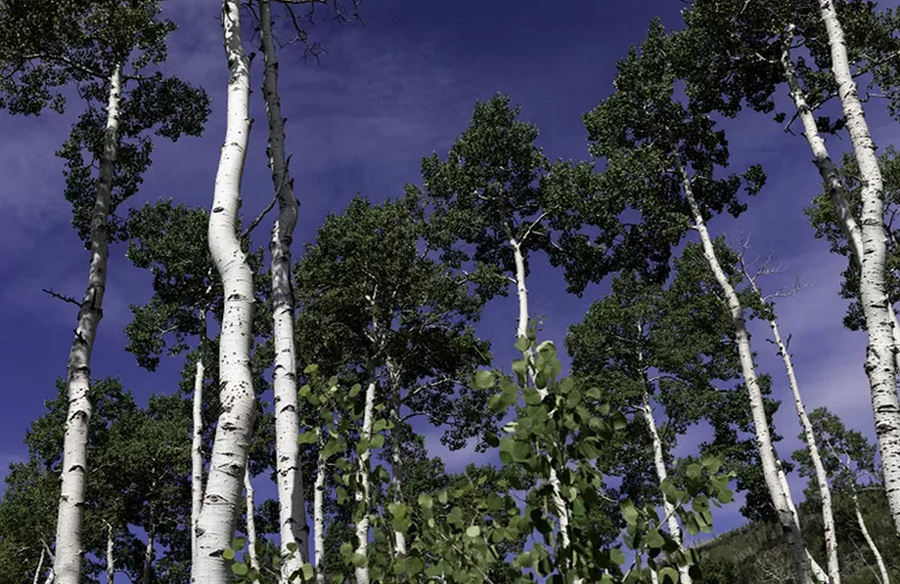In sustainable land management and permaculture design, a crucial aspect is repairing the ecological damage caused by human activities. Restoring riverbanks, along with the rivers themselves, stands out as a significant area for restoration efforts.
Importance of Riparian Planting
The degradation of riverbanks often results in the loss or alteration of riparian planting, disrupting the natural state of the ecosystem. Restoring riverbanks involves reinstating riparian planting, which typically includes the replanting of trees and native vegetation along the waterway. This step is pivotal in the restoration process as it enhances water quality, mitigates flood risks, and promotes biodiversity. Furthermore, the presence of trees and shrubs helps regulate water temperature, which is vital for the adaptability of river ecosystems to global warming.
Determining the appropriate riparian planting scheme entails selecting the right mix of vegetation suitable for a specific area and its ecological requirements. The natural vegetation along waterways varies based on the indigenous plant species of the region.
Riparian Buffer Zones
In certain scenarios, establishing riparian buffer zones along river or stream banks proves advantageous. These buffer zones serve as protected areas, shielded from excessive human interference such as overgrazing or industrial activities. By preserving these zones, a conducive environment for wildlife and ecological functioning is fostered.
Buffer zones may comprise forested areas or native riparian planting, facilitating the creation of diverse habitats like wet meadows. These zones act as wildlife havens and corridors, supporting the movement of species across landscapes.
Interestingly, natural regeneration processes can sometimes suffice for riparian zone restoration, requiring minimal human intervention. By safeguarding these areas, native vegetation can regenerate autonomously, free from past inhibiting factors.
Re-Introductions for Riparian Ecosystems
In certain cases, achieving the desired ecological balance necessitates specialized interventions. Altering the bank’s slope or contouring can aid in erosion control and flow regulation, albeit requiring expert assistance.
An intriguing aspect of riparian restoration involves reintroducing native ecosystem engineers to enhance ecological equilibrium. Notable examples include the reintroduction of beavers in Scotland and other parts of the UK. Whether through reintroductions or natural regeneration, wildlife plays a crucial role in shaping river ecosystems, contributing to their resilience and functionality over time.
In conclusion, riparian planting and restoration efforts are instrumental in reviving the health and vitality of river and stream ecosystems. By implementing appropriate planting strategies and preserving riparian buffer zones, along with considering reintroductions where necessary, we can foster thriving ecological systems along waterways, ensuring their long-term sustainability and biodiversity.








